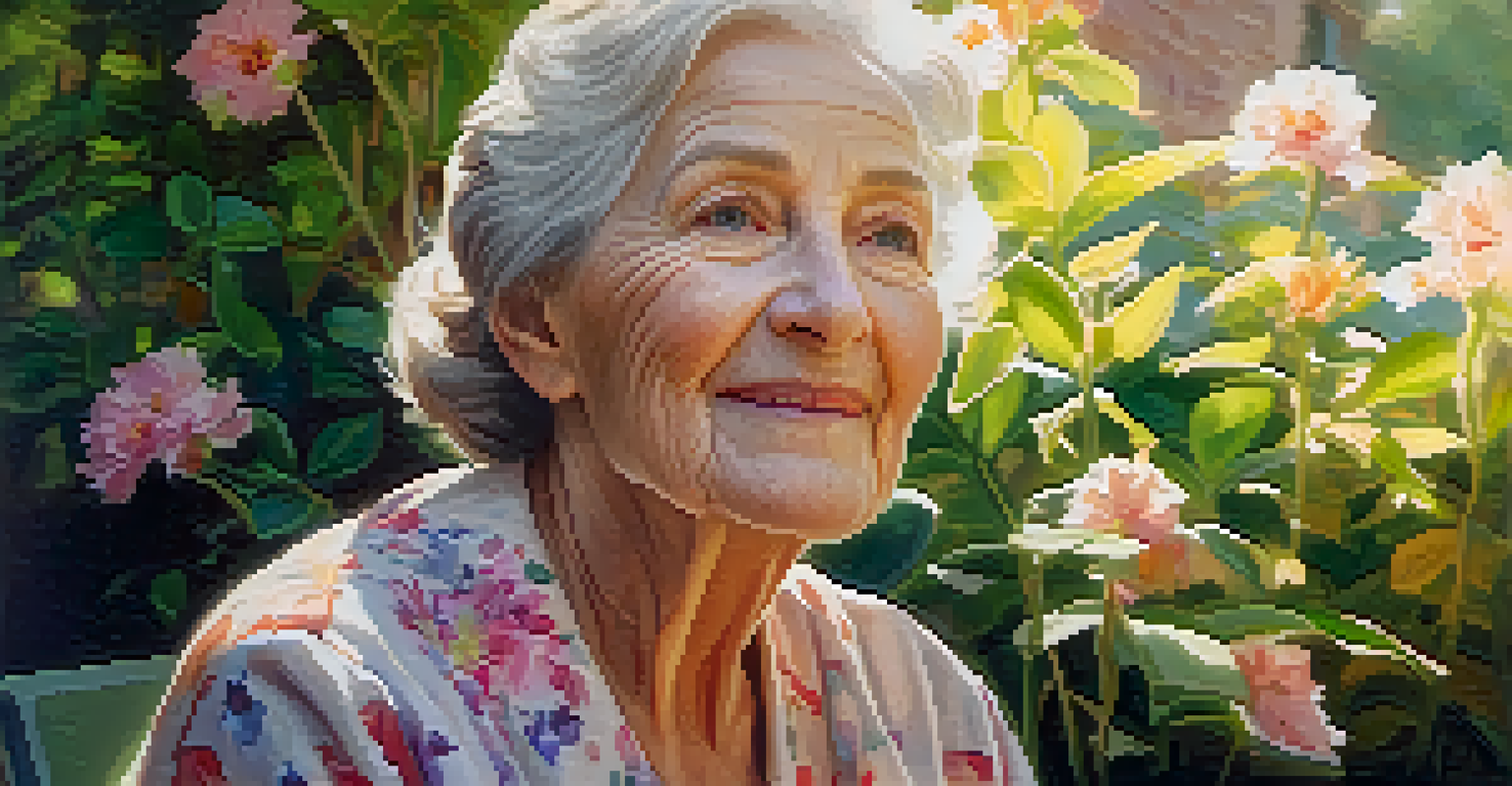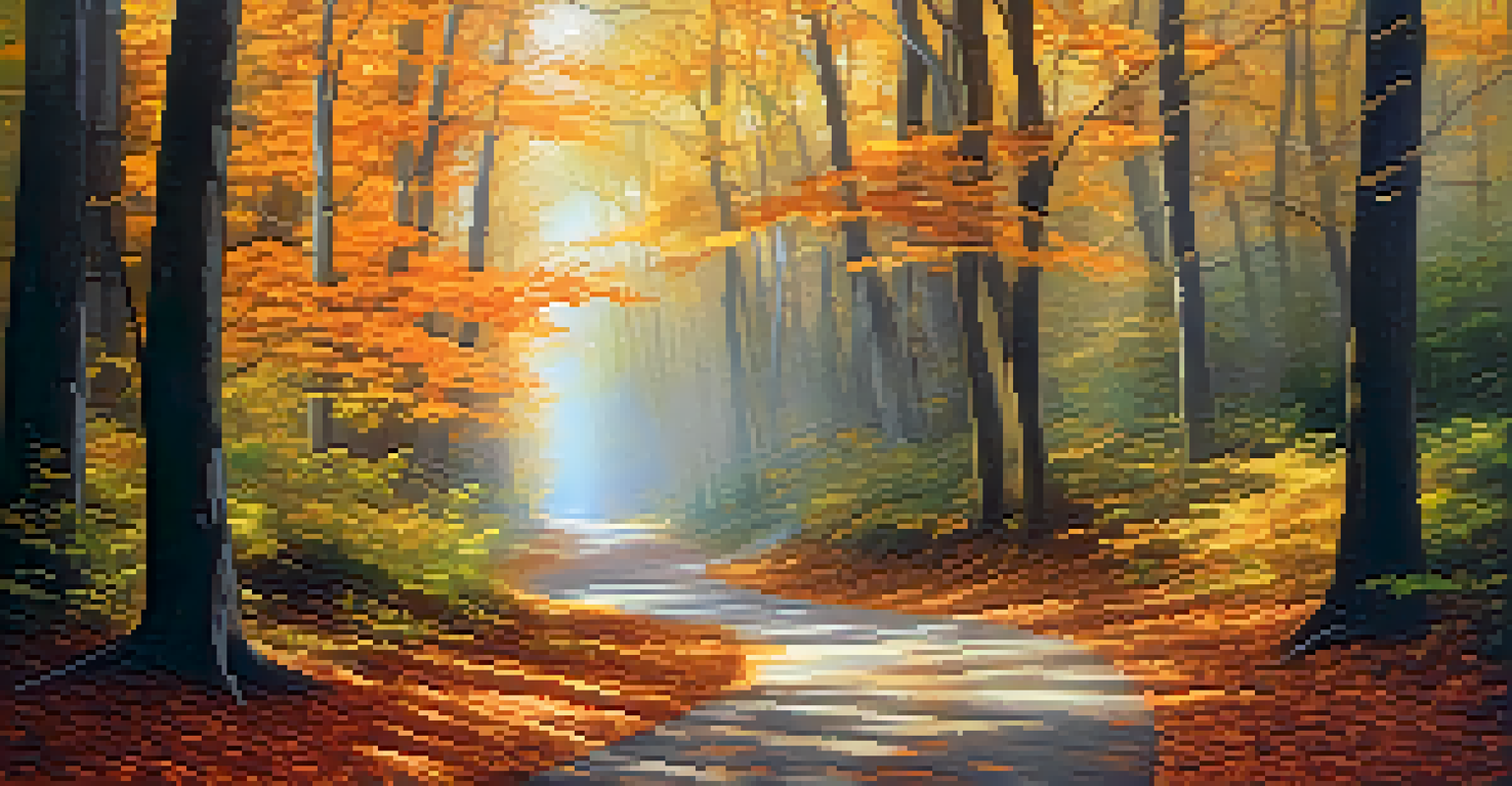Achieving Dreamy Aesthetics with Soft Focus Techniques

Understanding Soft Focus: A Gentle Approach to Photography
Soft focus is a photography technique that creates a dreamy, ethereal quality in images. By slightly blurring the details, it emphasizes mood over sharpness, making your subjects appear more romantic and inviting. This method is especially popular in portrait and landscape photography, where emotion and atmosphere play a crucial role in storytelling.
Photography is the story I fail to put into words.
Imagine watching a classic film shot with a soft lens—the soft edges and warm glow evoke nostalgia and intimacy. This is the magic of soft focus, as it allows the viewer to connect with the subject on a deeper emotional level. It’s not just about what you see; it’s about how it makes you feel.
To create this effect, photographers often use specialized lenses or filters. However, you can also achieve a soft focus look in post-processing with photo editing software. Understanding this technique opens up a world of creative possibilities, making your images stand out with an enchanting allure.
Choosing the Right Equipment for Soft Focus
Selecting the right equipment is essential for achieving that soft focus aesthetic. While you can create a soft look with almost any camera, certain lenses, like portrait or macro lenses, are particularly effective. These lenses allow for a shallower depth of field, which is crucial for isolating your subject and creating that dreamy background blur.

Filters can also be a great addition to your kit. A soft focus filter, for example, can be attached to your lens to achieve the desired effect without the need for heavy post-editing. Think of it like wearing softening makeup; it enhances your features while still allowing your natural beauty to shine through.
Soft Focus Creates Dreamy Images
This photography technique enhances mood and emotion by slightly blurring details, making subjects appear more romantic and inviting.
If you're working with digital photography, don't forget about the power of software. Programs like Adobe Photoshop or Lightroom offer tools specifically designed for softening images, allowing for precise control over the amount of blur applied. By combining the right equipment with editing techniques, you can master the art of soft focus.
Lighting: The Key Ingredient for Dreamy Aesthetics
Lighting plays a pivotal role in achieving soft focus images. Natural light, especially during golden hour—shortly after sunrise or before sunset—provides a warm, diffused quality that enhances the dreamy aesthetic. It’s like adding a soft filter to your scene, naturally enveloping your subjects in a gentle glow.
The camera is an instrument that teaches people how to see without a camera.
If you’re shooting indoors or on a cloudy day, consider using sheer curtains to diffuse harsh light. This technique softens shadows and creates a more uniform light source, which is perfect for achieving that gentle look. Think of it as creating a cozy atmosphere in your space; it sets the mood for your shoot.
Additionally, experimenting with backlighting—where the light source is behind your subject—can produce stunning results. This approach creates a halo effect around your subject, further enhancing the dreamy quality of your image. Lighting sets the stage, so pay attention to how it interacts with your subject to create the perfect soft focus.
Composition Techniques to Enhance Soft Focus Images
Composition is key in photography, especially when you're aiming for a dreamy aesthetic. Using techniques like the rule of thirds can help create a balanced image that draws the viewer's eye. Positioning your main subject off-center while incorporating soft focus elements in the foreground or background can add depth and interest.
Leading lines are another powerful tool. They guide the viewer’s eye through the image and can create a sense of movement. Imagine a winding path leading your gaze toward a softly focused sunset; it invites the viewer to explore and feel the scene.
Lighting Enhances Soft Focus Effects
Natural light, especially during golden hour, is crucial for achieving the warm, diffused quality that complements soft focus photography.
Don't shy away from negative space either. By allowing ample space around your subject, you can emphasize their presence and create a tranquil atmosphere. This technique is particularly effective in soft focus photography, as it mirrors the feeling of calm and serenity that such images often evoke.
Post-Processing Tips for Achieving Soft Focus Effects
Post-processing is where the magic truly happens for soft focus photography. Using editing software like Adobe Photoshop or Lightroom, you can selectively soften parts of your image. Tools such as the Gaussian Blur or lens blur filters can help you achieve that dreamy effect without losing essential details in your subject.
When editing, be mindful of how much blur you apply. Too much can lead to an unnatural look, while just the right amount enhances the dreamy aesthetic. It’s similar to seasoning a dish; a pinch can elevate the flavors, but too much can overwhelm the palate.
Layering techniques can also be effective. For instance, you can create a duplicate layer of your image, apply a soft focus effect, and then mask areas you want to keep sharp. This way, you maintain detail where it matters most while still enjoying that soft, ethereal vibe throughout the rest of the image.
Inspiration: Famous Photographers and Their Soft Focus Styles
Looking at the work of famous photographers can provide endless inspiration for your own soft focus projects. For instance, the iconic portraits of Julia Margaret Cameron, known for her soft, dreamlike imagery, beautifully illustrate how this technique can evoke emotion and narrative. Her ability to capture the essence of her subjects makes her work timeless.
Another great example is the work of contemporary photographer Elinor Carucci, whose intimate portraits often use soft focus to create a sense of vulnerability and warmth. Her images remind us that softness can enhance human connection, inviting viewers into personal moments.
Post-Processing Complements Technique
Editing software allows photographers to selectively soften images, balancing sharpness and blur to maintain the dreamy aesthetic.
Explore how these photographers use soft focus in different genres—be it portraiture or landscapes—to find your unique style. Remember, inspiration is everywhere, and studying the successes of others can spark your creativity and lead to your own dreamy masterpieces.
Putting It All Together: Creating Your Dreamy Aesthetic
Now that you have a grasp of soft focus techniques, it’s time to put everything into practice. Start by experimenting with your camera settings and equipment, focusing on how different lenses and lighting conditions affect your images. Don’t hesitate to get creative—try various angles and compositions to see what resonates with your vision.
Next, dive into post-processing. Use your favorite editing software to refine your images, applying soft focus effects where appropriate. Remember to keep the balance between soft and sharp elements to maintain the integrity of your subject while enhancing the dreamy aesthetic.

Finally, share your work! Whether it’s on social media, in a gallery, or with friends, showcasing your dreamy visuals can inspire others. Photography is an art form that thrives on connection, so let your unique perspective shine through and invite others to experience the world through your soft focus lens.